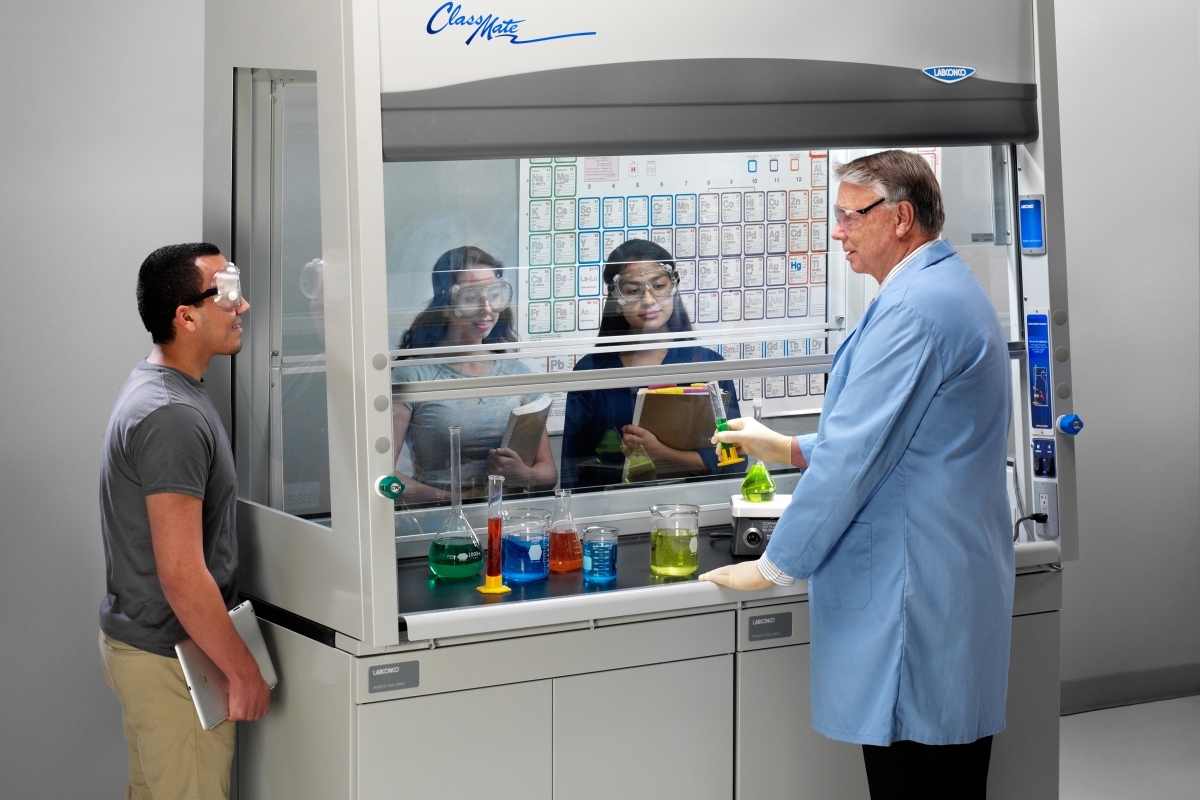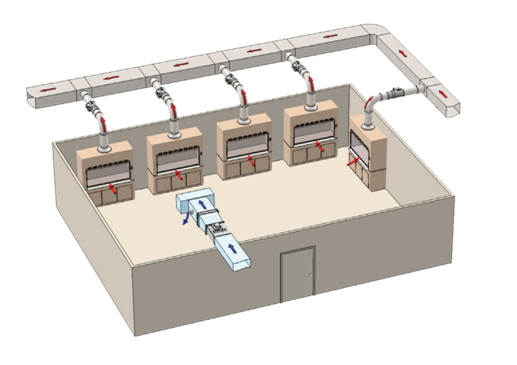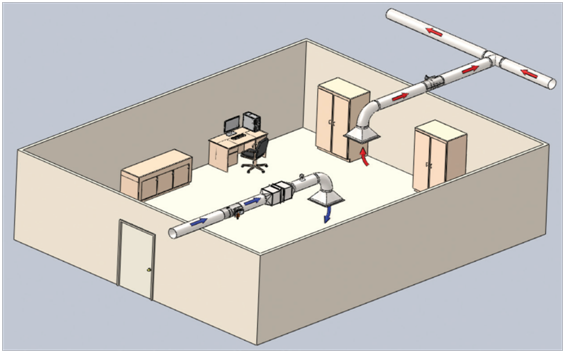Petroleum & Chemistry Research Solutions
As symbols of the Nation’s technological progress, research facilities are essential to the discoveries and breakthroughs of yesterday, today, and tomorrow. Thousands of public and private sector scientists and engineers from industries such as pharmaceutical, biomedical, manufacturing, and biotechnology use all types of laboratories and instruments to advance the frontiers of knowledge.
Proper laboratory room ventilation is an absolute requirement for maintaining the health, safety and well-being of laboratory facility occupants. Inadequate ventilation poses serious health and safety risks to the occupants of a laboratory room due to the wide range of hazardous airborne substances that may be present at times within the room. In addition, an inadequately designed or operating laboratory ventilation system can create a hazard beyond the laboratory rooms since it can spread potentially dangerous substances throughout an entire facility.



